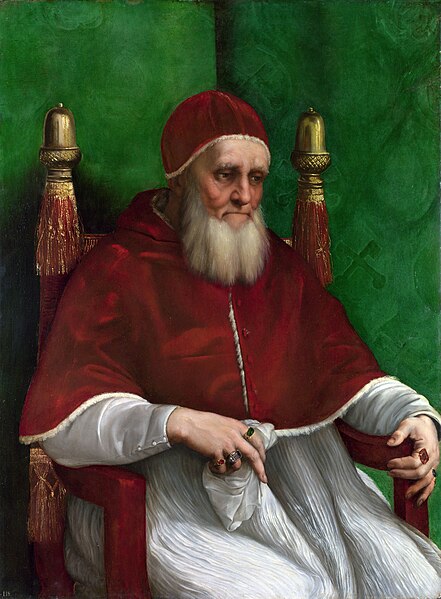The Battle of Marignano was the last major engagement of the War of the League of Cambrai and took place on 13–14 September 1515, near the town now called Melegnano, 16 km southeast of Milan. It pitted the French army, composed of the best heavy cavalry and artillery in the world, led by Francis I, newly crowned King of France, against the Old Swiss Confederacy, whose mercenaries until that point were regarded as the best medieval infantry force in Europe. With the French were German landsknechts, bitter rivals of the Swiss for fame and renown in war, and their late arriving Venetian allies.
Francis I Orders His Troops to Stop Pursuing the Swiss, a Romantic 19th century work by Alexandre-Évariste Fragonard (Galerie des Batailles, Palace of Versailles)
Swiss mercenaries and German Landsknechts fighting for glory, fame, and money at Marignano (1515). The bulk of the Renaissance armies was composed of mercenaries[citation needed].
The battlefield of Marignano, drawing by Urs Graf, himself a Swiss mercenary who may have fought there.
Rudolfus Longus à Salis, of Soglio, sometime Governor of Pavia, killed at Marignano 1515.
War of the League of Cambrai
The War of the League of Cambrai, sometimes known as the War of the Holy League and several other names, was fought from February 1508 to December 1516 as part of the Italian Wars of 1494–1559. The main participants of the war, who fought for its entire duration, were France, the Papal States, and the Republic of Venice; they were joined at various times by nearly every significant power in Western Europe, including Spain, the Holy Roman Empire, England, the Duchy of Milan, the Republic of Florence, the Duchy of Ferrara, and the Swiss.
Pope Julius II, painted by Raphael (oil on wood, c. 1511). Julius attempted to secure Papal authority in Italy by creating the League of Cambrai, an alliance aimed at curbing Venetian power.
Alfonso I d'Este, Duke of Ferrara; excommunicated by Julius, he inflicted a number of defeats on the Papal forces
Pope Julius II on the walls of the conquered city of Mirandola (oil on canvas by Raffaello Tancredi, 1890, City Hall of Mirandola)
The death of Gaston de Foix during the Battle of Ravenna heralded a long period of defeats for France.








